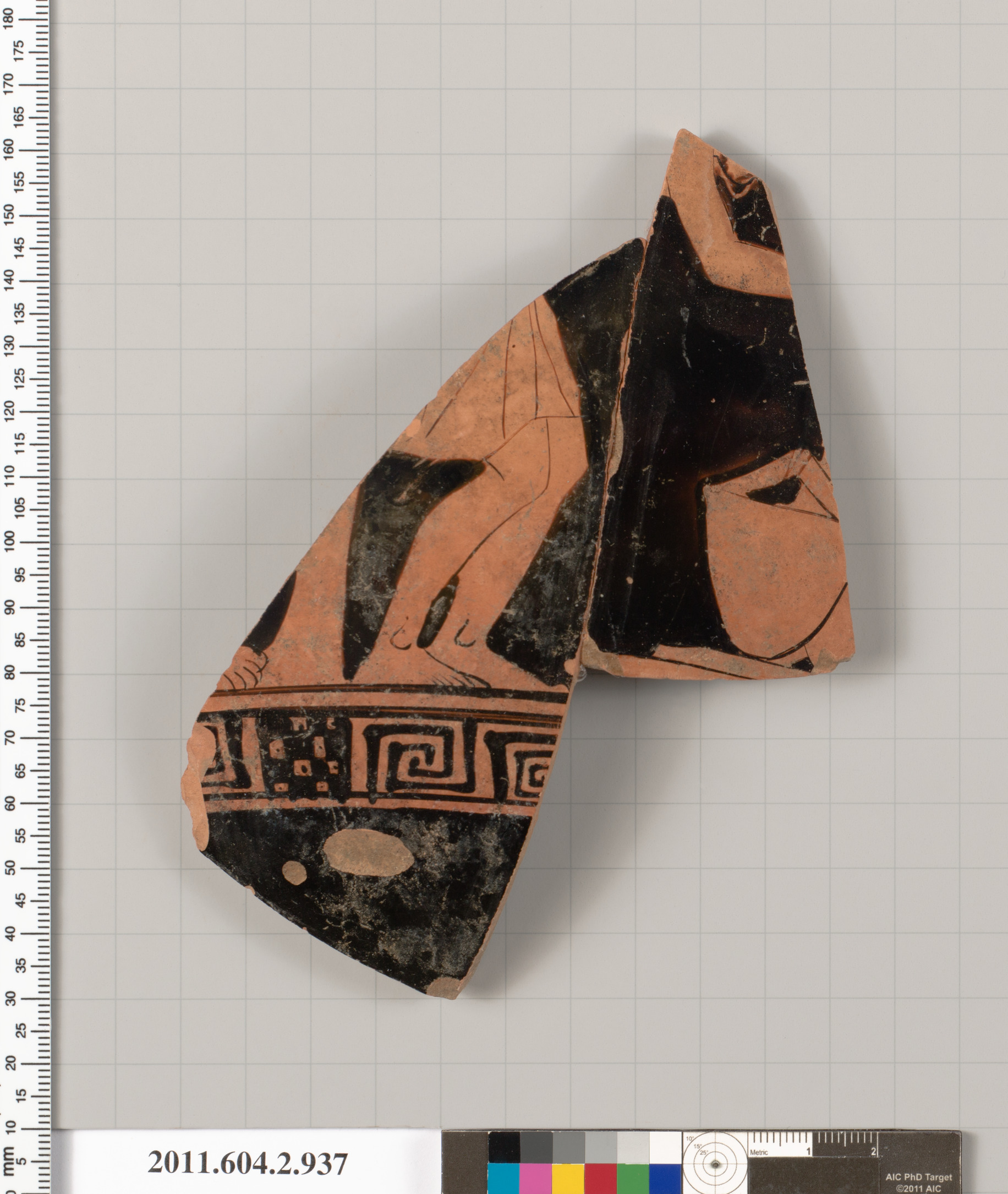
Epigraphic analysis of the tomographic data revealed a formulaic curse written in a proto-alphabetic script likely dating to Late Bronze Age II. The tomographically reconstructed data were subjected to advanced processing to reveal the hidden text. A team of scientists performed X-ray tomographic measurements with different scanning parameters. The tablet could not be opened without damaging it. The earlier and smaller round altar lay underneath the geometric center of the later and larger rectangular altar. The east dump pile, from which the object emerged, contained the discarded matrix from two structures that he interpreted as altars dated to the Late Bronze Age II and Iron Age I. Ebal to examine the discarded material from Adam Zertal’s 1982–1989 excavation yielded a small, folded lead tablet. 34, 53, 166–69, New York: Scala Publishers.In December 2019, an expedition on Mt. Roman Art : A Guide through the Metropolitan Museum of Art's Collection. Zanker, Paul, Seán Hemingway, Christopher S. 52-3, 206, New York and New Haven: The Metropolitan Museum of Art. The Year One: Art of the Ancient World East and West nos. 32a–d, London: Institute Of Classical Studies. The Dancing Maenad Reliefs: Continuity and Change in Roman Copies, Bulletin Supplement, Vol. 167-73, Mainz am Rhein: Verlag Philipp von Zabern. 110, New York: The Metropolitan Museum of Art. 52, Cambridge, Mass.: Harvard University Press.


The Sculpture and Sculptors of the Greeks, 3rd edn. Augustan Art: An Exhibition Commemorating the Bimillennium of the Birth of Augustus.

148-49, New York: The Metropolitan Museum of Art.

"A Neo-Attic Marble Vase." Bulletin of the Metropolitan Museum of Art, 19(1): pp.


 0 kommentar(er)
0 kommentar(er)
